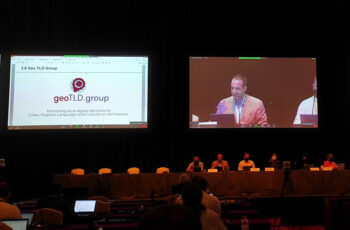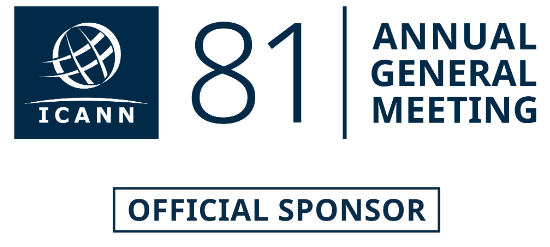TLD’s are an important tool to enable a truly useful contextual internet. To do one step further, why not use these URLs as the first building blocks of a contextual Internet where DNSs would serve as clear and credible directional signs on the information superhighway?
Starting with the informational promise is both obvious and simple. Obvious, because it is always easier to find a book on a new topic if its title is directly related to its content. Simple, because an informational context is at the intersection of an explicit content offer and a target audience defined according to the usual rules of media audience segmentation.
In a second step, this logic of DNS as a context tool that creates added value for the visitor, can be extended to other issues, and thus become the solution to other problems.
Mainly suffered by end-users, these problems “that everyone knows but no one is in charge of solving” actually threaten the future of all digital industries… Without sincere respect of the attention given, there is no lasting attention. Without sanctioning bad behavior, there is no incentive to do better. Without rewarding good practices, there is no incentive to proactively improve. Finally, without trust in the identity of the actors, there is no regular economic exchange.
In this sense, it seems to us that the DNS can become a tool for protecting Internet users of all kinds, by proposing technical-legal solutions such as certifications to be defined on the credibility of a given URL or the ability to generate complex and publishable authentications of an organizational identity. These logics would quickly contribute to the fight against fishing or malicious advertising.
Registration and publication: avoiding the destruction of hard-earned added value
To achieve these benefits, new practices must be put in place. On the domain registration side, a huge amount of information is lost along the way, notably by using tools in 2021 whose regulatory and technical requirements date back to the early 1990s.
A lot of useful information is lost or ignored. Now, the vast majority of this information is not published in a simple and open way. Indeed, on the publication side, the recent evolution of WHOIS publication constraints contributes to creating a whole new set of problems without solving many of the old ones.
On the contrary, it seems to us that the implementation of simple and transparent rating systems, and the widest possible publication of these ratings by various methods, would allow to show in a simple way a credibility or risk evaluation of a particular Internet address. It is not too late to maintain the trust of Internet users and digital audiences.




